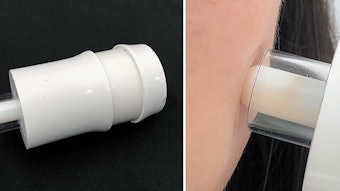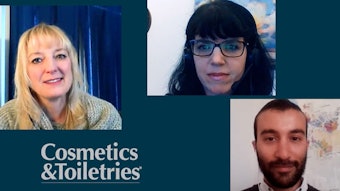Personal care companies typically rely on numerous information sources for innovation and product development to map the sensory experience. These sources include technical experts, clinical trials, developers and perfumers to design products that the companies believe will best satisfy consumers. Experts in marketing and advertising will design compelling messaging to ensure initial trial. Focus groups and consumer testing are often used to provide insight as to what appeals to the target consumer from an advertising and marketing strategy to help drive sales.
Does the consumer actually agree with these assessments and the key benefits and marketing messages, and does the message match the product inside? Focus groups and consumer testing only provide direction that frequently is subject to alternative interpretations. Results might mean very little to the developer who is simply told by the brand manager to “make a fresh-smelling hand lotion that will leave the skin soft.”
Blind product testing by target consumers conducted at a central location (CLT) or in the home goes one stage further and provides useful quantitative information on purchase intent and consumer liking. Liking is an indirect measure of preference; it is most often measured using a nine-point hedonic scale. A product scoring a value of 7 is preferred to a product that was scored as a 5.










